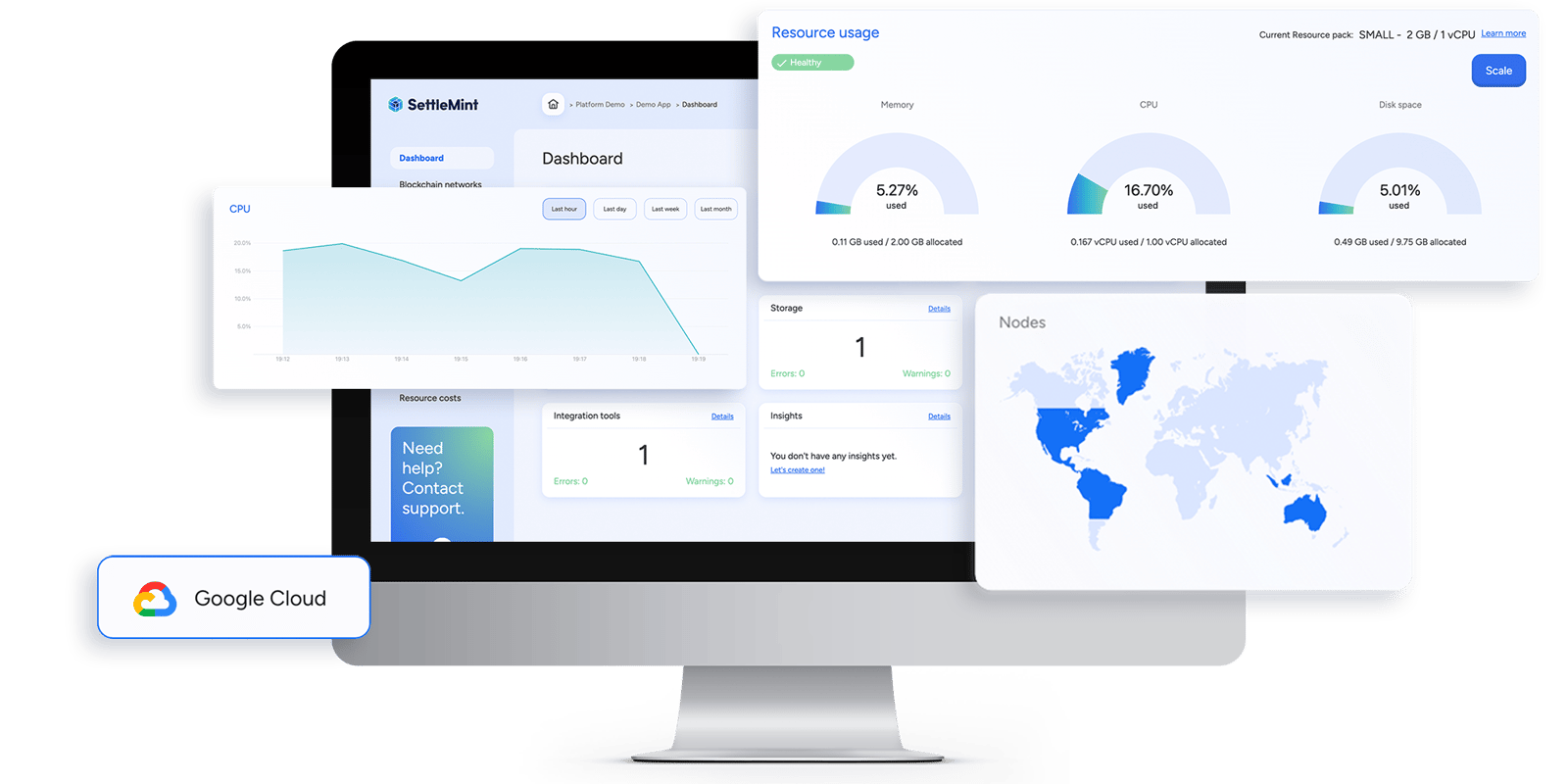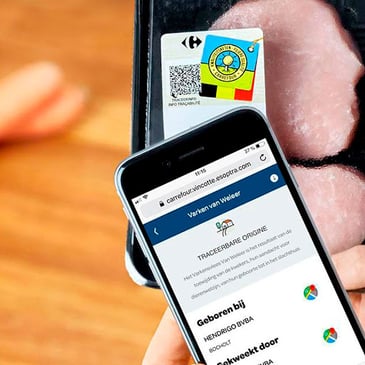
Indonesia secures election results and speeds up reporting
If we can use blockchain on a large scale, we can make sure that all votes are counted within 6 to 12 hours after the polling stations are closed, and thus avoid both political tension and the possibility of votes being falsified.
Immutable election results in hours instead of weeks
As with many democracies today, Indonesia has a paper-based voting system with high levels of aggregation. Indonesia’s elections are probably the most complicated in the world with 193 million voters spread over 17,000 islands. Counting the votes from 813,350 polling stations takes weeks. Not surprisingly, tensions tend to rise in the weeks between the vote and the publication of the official results, with both sides accusing the other side of tampering.
Several organizations in Indonesia sought a solution to ensure fair and transparent election results in the April 2019 elections. SettleMint, in collaboration with the University of Indonesia, set up an independent blockchain-based verification system to secure the results of the paper-based elections on chain and report on the results almost instantaneously.
The application was able to report on 25 million votes within hours of the polling stations closed. By contrast, the official results only became public after weeks.
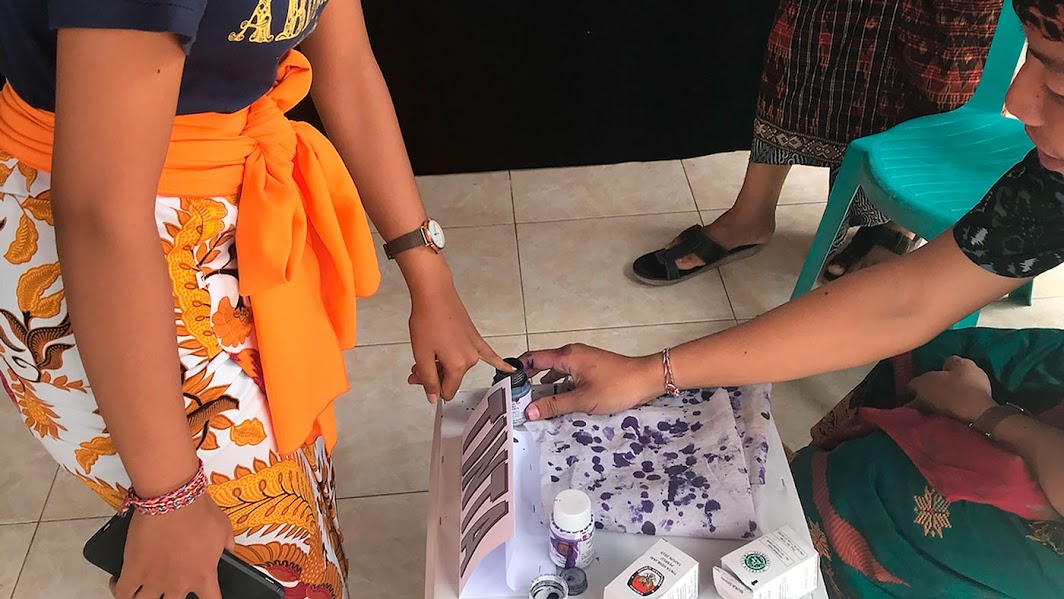
Fast and tamper-proof counts and reports
Local election results are crowdsourced and aggregated at the national level. In every local polling station, a committee counts the paper votes, they agree on the count and they record it on a form (called a “C1” form in Indonesia). This form is signed, photographed and usually finds its way to WhatsApp and other social media.
The problem with these crowdsourced databases is that it cannot be proven that the photos of the forms were not tampered with. So, while these are worthwhile initiatives, they don’t wield much authority in a debate over what the exact vote count was. Here is where blockchain technology comes in.
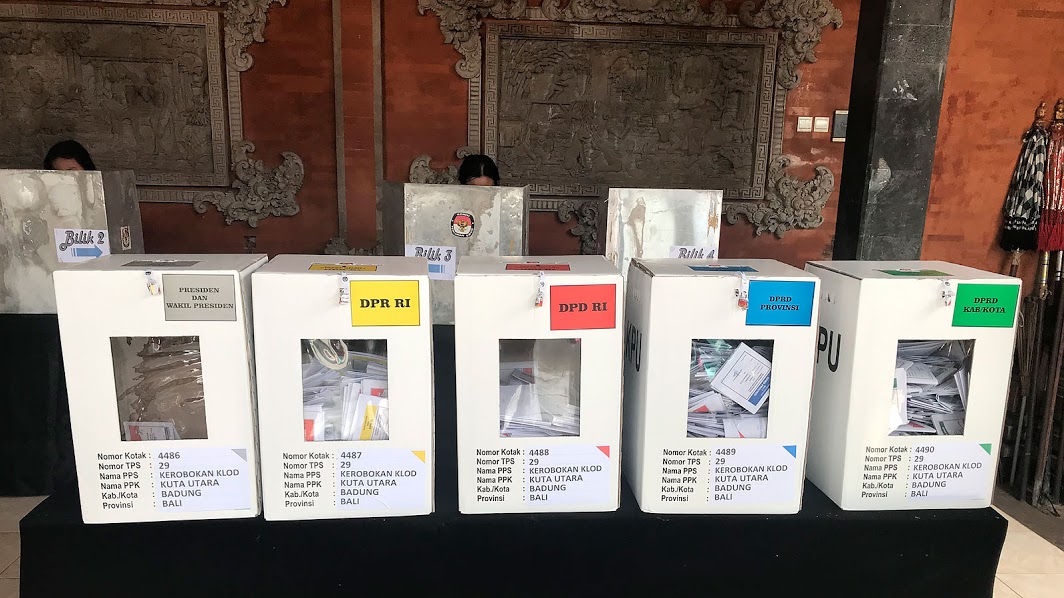
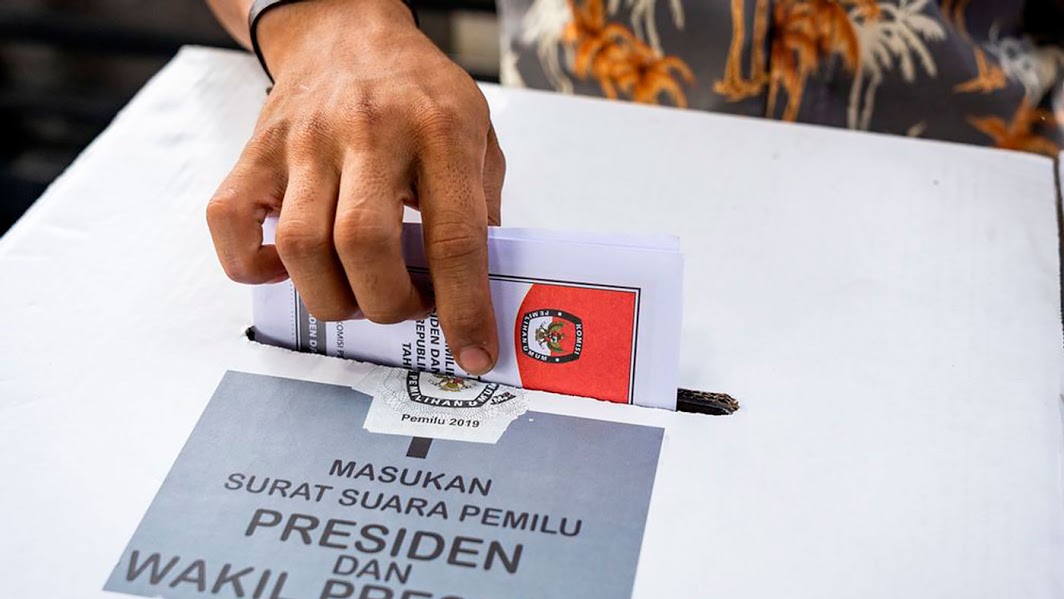
Using the SettleMint Blockchain Transformation Platform, these photos were registered on the blockchain. That’s how we ended up with 100,000 “bulletproof” photographs, good for 25 million votes. We can offer “proof of existence”, the confirmation that the photograph existed very soon after the vote. And we can also offer “proof of integrity”, meaning we can irrefutably show that a certain picture has not changed since we added it to the blockchain. What’s more, everyone can check this for themselves on a publicly available website.
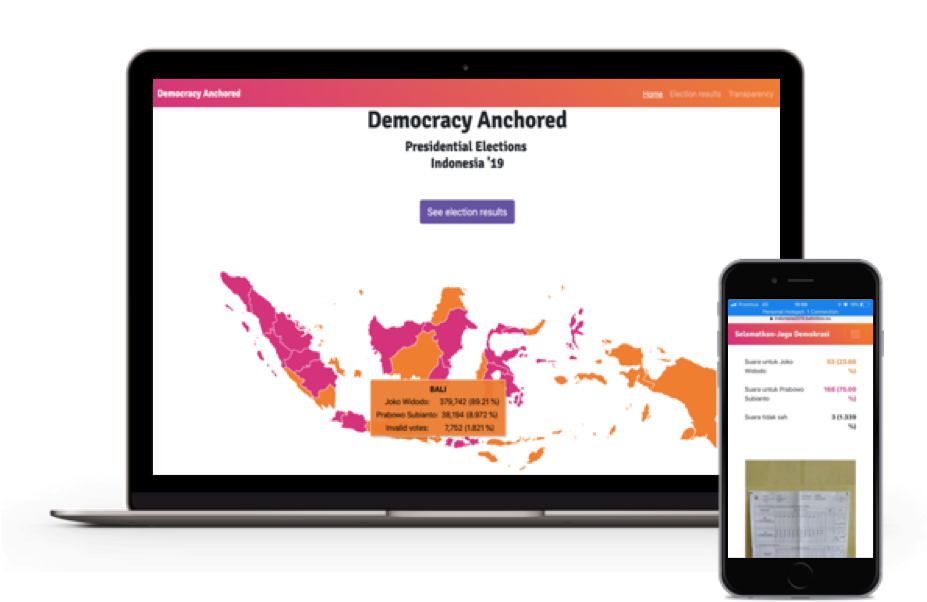
We were able to report on 25 million votes within hours, while the official results took weeks to be made publicly available. The shorter we can make the window between voting and reporting of results, the fewer opportunities there are for parties keen to subvert the electoral process. It makes perfect sense to utilize blockchain technology in elections, especially in large democracies - like those in Asia and Africa - where there are significant logistical challenges in terms of counting and reporting.
By securing paper-based votes on chain, Indonesia was able to deliver a fast and tamper-proof reporting system and get immutable election results in hours instead of weeks.
Read more blockchain innovation stories
Discover the technology behind the stories
The Blockchain Transformation Platform that enables you to innovate with blockchain incredibly fast.
